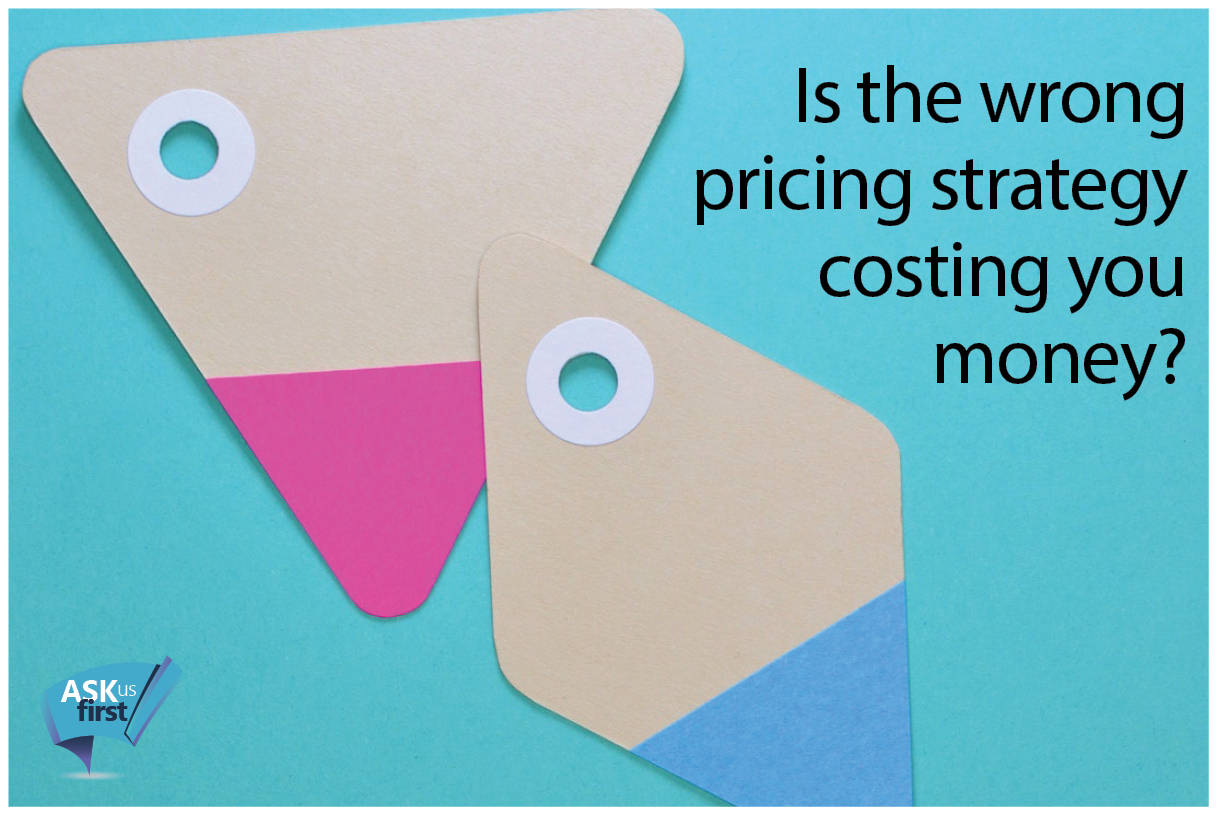
Pricing strategies and how your Accountant can help to set the best price
What’s the best way to establish a price for your products or services?
Getting your pricing right is crucial. Put your prices too high and your customers may desert you; put them too low and you’ll generate sales but won’t have a large enough profit margin to create healthy revenues and cashflow for the business.
Whether you’re a new startup, or an established business, choosing the right pricing strategy is a fundamental part of designing your business model. As such, pricing is something that’s likely to take considerable thought, research, planning and analysis over the lifetime of your products.
So, how do you know what to charge for each product and/or service? And how do you decide a price point that’s both competitive AND profitable for the business?
Costs, margins and hitting the right price point
For your business to be viable, you have to know for certain that you can:
- Find and win customers
- Meet your project sales and revenue targets
- Cover your running costs, overheads and operating cashflow
- Generate profits and get a return on your investment.
But how does this all come together to define your final sale price? The answer is to have a granular understanding of your costs, your margins and your pricing – and also to know who you’re selling your product/service to.
Let’s look at the different ways that a price can be worked out:
- Cost price – when you make a product, or deliver a service, you need to spend money to do that. This expenditure includes the raw materials, the business overheads and the labour costs of creating your product/service. By adding up all these expenses and dividing them by the number of units you delivered, you get your cost price. In other words, it’s the total cost of the unit before any margin or profit is added.
- Wholesale price – your margin is the amount you add on to your cost price to make a profit. So, if my cost price per unit is 5, I might sell each unit to a wholesaler at 7.50. By doing this, I recover the cost of making the unit (or ‘Cost of Goods Sold’ in accounting terms), and I make a profit of 2.50 on each unit I sell to my wholesale client. This is the wholesale price – as the wholesaler will then add on their own margin in order to sell it to a consumer at, for the sake of argument, 10. You make 2.50 and the wholesaler makes 2.50.
- Retail price – this is the price when you sell the product to a consumer, having factored in margins and comparing prices within the market to ensure you’re competitive but still turning a good profit. So, if you sell direct to a consumer, at a price of 10, and your cost price is 5, then you’ll make 5 profit for every unit you sell. This contrasts with 2.50 profit per unit if you sell to a wholesaler, although you’re likely to sell in bulk in this scenario and will make your profits through this economy of scale.
- Premium or economy pricing – knowing how to position your product/service in the market is important. Are you selling a premium product, with a high price tag? Or are you selling an economy product, with a low price point? There’s a big difference between selling a limited number of units at a high price (and high profit), and selling a big number of units at a cheap price (low profit but larger sales). Positioning your prices between these two polar ends of the pricing spectrum isn’t easy, and will take time, experience and plenty of experimentation to get right.
- Knowing when to discount or increase your prices – your price isn’t a static thing. Costs of production will increase, markets will change and sales campaigns will require discounted prices. So it’s vital to continually assess, review and update your prices. For example, you could run a discount to increase sales, decreasing your margin and selling more units. Or you could choose to put your price up to increase your margin and make things more profitable. What’s important here is to know how price-sensitive your customers are, how loyal they are to the brand, and what they’re willing to pay for your specific products/services.
Talk to us about setting your pricing strategy
Pricing is a complex and difficult area to get right, so working on your pricing is something that should be done on a regular basis.
If you’d like to review your current pricing strategy, please do come and talk to us. We will analyse your current strategy, review your prices and margins, and suggest the best way to improve your price point, revenues and profitability.
